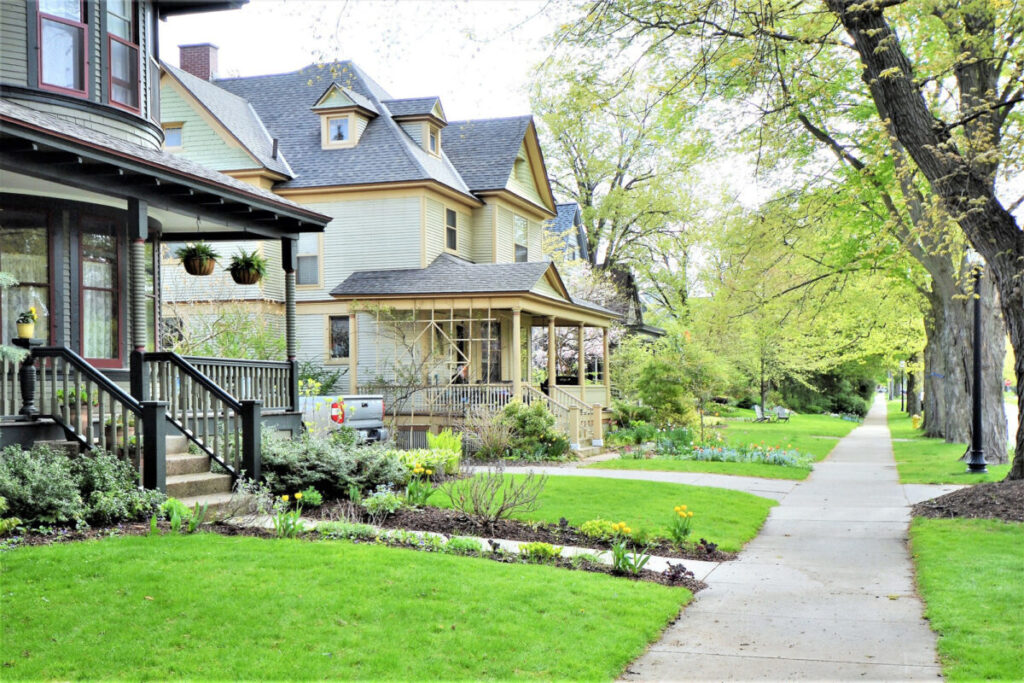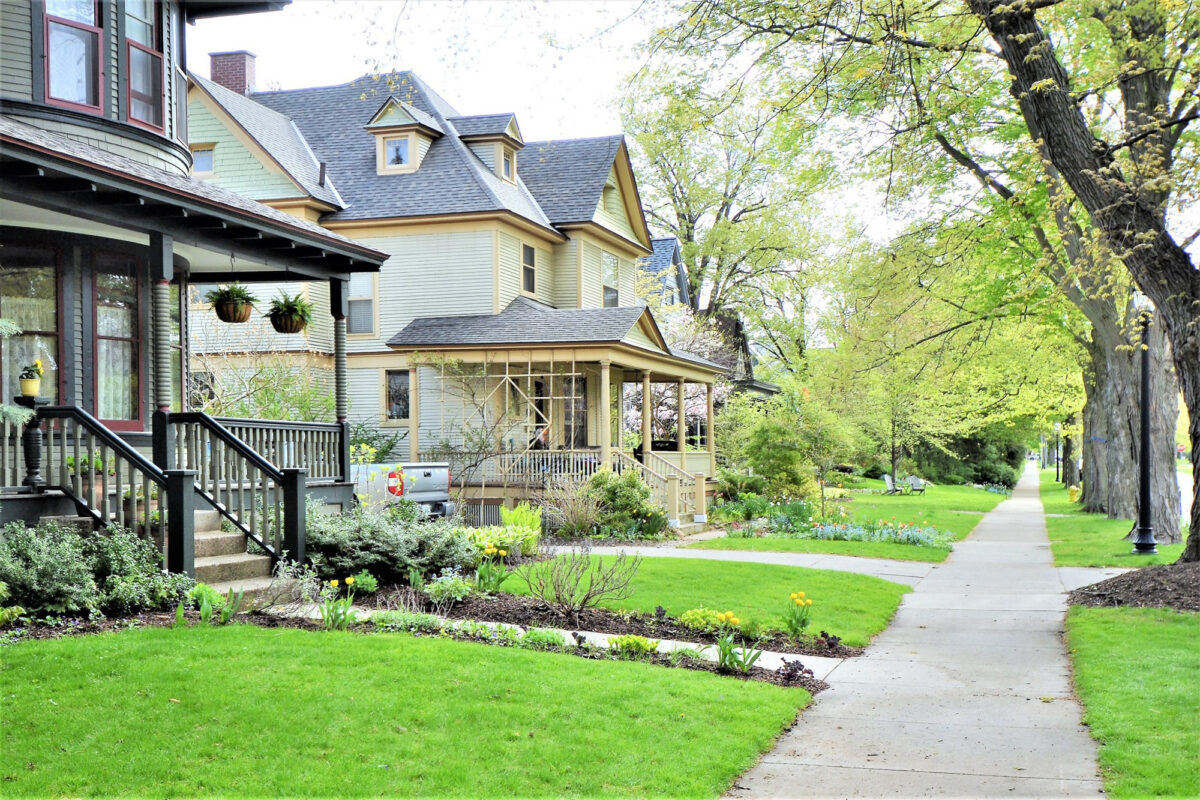
Simply Green Landscaping: A Comprehensive Guide to Sustainable Outdoor Spaces
In an era increasingly defined by environmental consciousness, the concept of simply green landscaping has transcended mere aesthetics to become a vital component of responsible living. This approach to outdoor space design prioritizes ecological balance, resource conservation, and the creation of healthy, sustainable environments. From reducing water consumption to minimizing the use of harmful chemicals, simply green landscaping offers a multitude of benefits for both homeowners and the planet. This comprehensive guide will explore the core principles, practical applications, and long-term advantages of adopting a simply green landscaping strategy for your property.
Understanding the Core Principles of Simply Green Landscaping
Simply green landscaping is built upon several fundamental principles that guide its implementation and ensure its effectiveness. These principles include:
- Water Conservation: Employing techniques such as xeriscaping, rainwater harvesting, and efficient irrigation systems to minimize water usage.
- Soil Health: Promoting healthy soil through composting, mulching, and avoiding the use of synthetic fertilizers.
- Native Plants: Selecting native plant species that are well-adapted to the local climate and require less maintenance.
- Pest Management: Implementing integrated pest management (IPM) strategies to control pests naturally and reduce the reliance on chemical pesticides.
- Waste Reduction: Minimizing waste by reusing materials, composting yard waste, and avoiding single-use plastics.
- Energy Conservation: Reducing energy consumption by planting shade trees, using solar-powered lighting, and minimizing the use of power equipment.
Practical Applications of Simply Green Landscaping
Implementing simply green landscaping involves a range of practical applications that can be tailored to suit your specific needs and preferences. Here are some key strategies to consider:
Xeriscaping: Designing for Water Conservation
Xeriscaping is a landscaping technique that focuses on minimizing water usage through the selection of drought-tolerant plants, efficient irrigation practices, and the use of mulch to retain soil moisture. This approach is particularly well-suited for arid and semi-arid regions where water conservation is paramount. Key elements of xeriscaping include:
- Plant Selection: Choosing plants that are native to the region or are known for their drought tolerance.
- Soil Preparation: Improving soil drainage and water retention through the addition of organic matter.
- Efficient Irrigation: Using drip irrigation systems or soaker hoses to deliver water directly to plant roots, minimizing water loss through evaporation.
- Mulching: Applying a layer of mulch around plants to help retain soil moisture and suppress weed growth.
Creating a Native Plant Garden
Native plants are species that have evolved naturally in a particular region and are well-adapted to the local climate and soil conditions. Incorporating native plants into your landscape offers numerous benefits, including:
- Reduced Water Consumption: Native plants are typically more drought-tolerant than non-native species and require less irrigation.
- Lower Maintenance: Native plants are generally more resistant to pests and diseases and require less maintenance.
- Habitat Creation: Native plants provide food and shelter for native wildlife, supporting biodiversity and ecological balance.
- Aesthetic Appeal: Native plants offer a unique and natural beauty that reflects the local landscape.
Implementing Integrated Pest Management (IPM)
Integrated Pest Management (IPM) is a holistic approach to pest control that focuses on preventing pest problems and minimizing the use of chemical pesticides. IPM strategies include:
- Monitoring: Regularly inspecting plants for signs of pests or diseases.
- Prevention: Implementing preventative measures such as proper watering, fertilization, and sanitation.
- Biological Control: Using natural predators, parasites, or pathogens to control pests.
- Mechanical Control: Using physical methods such as hand-picking pests or trapping them.
- Chemical Control: Using chemical pesticides as a last resort, and only when necessary.
Composting and Mulching for Soil Health
Composting and mulching are essential practices for promoting healthy soil and reducing waste. Composting involves breaking down organic matter such as yard waste, food scraps, and paper products into a nutrient-rich soil amendment. Mulching involves applying a layer of organic material around plants to help retain soil moisture, suppress weed growth, and improve soil structure. Both composting and mulching contribute to simply green landscaping by reducing the need for synthetic fertilizers and minimizing waste.
Rainwater Harvesting: Capturing and Reusing Water
Rainwater harvesting involves collecting rainwater from rooftops or other surfaces and storing it for later use. This practice can significantly reduce water consumption and lower water bills. Rainwater can be used for irrigating plants, washing cars, or even flushing toilets. Rain barrels and cisterns are common rainwater harvesting systems that can be easily installed at home.
The Benefits of Simply Green Landscaping
Adopting a simply green landscaping approach offers a wide range of benefits, including:
- Environmental Sustainability: Reducing water consumption, minimizing chemical use, and promoting biodiversity.
- Cost Savings: Lowering water bills, reducing maintenance costs, and minimizing the need for synthetic fertilizers and pesticides.
- Improved Health: Creating a healthier environment for people and pets by reducing exposure to harmful chemicals.
- Increased Property Value: Enhancing the aesthetic appeal and ecological value of your property.
- Community Benefits: Contributing to a more sustainable and resilient community by reducing environmental impact.
Overcoming Challenges in Simply Green Landscaping
While simply green landscaping offers numerous benefits, it can also present some challenges. These challenges may include:
- Initial Costs: Implementing some simply green landscaping practices, such as installing a rainwater harvesting system or converting to native plants, may require an initial investment.
- Maintenance: Some simply green landscaping practices, such as composting and IPM, may require more hands-on maintenance than conventional landscaping.
- Knowledge and Expertise: Successfully implementing simply green landscaping may require some knowledge and expertise in areas such as plant selection, soil health, and pest management.
However, these challenges can be overcome with careful planning, research, and a commitment to sustainable practices. [See also: Sustainable Gardening Tips] There are numerous resources available to help homeowners learn more about simply green landscaping and implement these practices effectively.
The Future of Simply Green Landscaping
As environmental awareness continues to grow, simply green landscaping is poised to become an increasingly important part of responsible living. With advancements in technology and a growing understanding of ecological principles, simply green landscaping practices will become even more efficient, accessible, and effective. By embracing simply green landscaping, homeowners can create beautiful, sustainable outdoor spaces that benefit both themselves and the planet.
In conclusion, simply green landscaping is not just a trend but a necessary shift towards creating sustainable and ecologically balanced outdoor spaces. By understanding and implementing its core principles, homeowners can contribute to a healthier planet while enjoying the beauty and tranquility of a well-designed landscape. Embracing simply green landscaping is an investment in the future, ensuring a greener and more sustainable world for generations to come.

